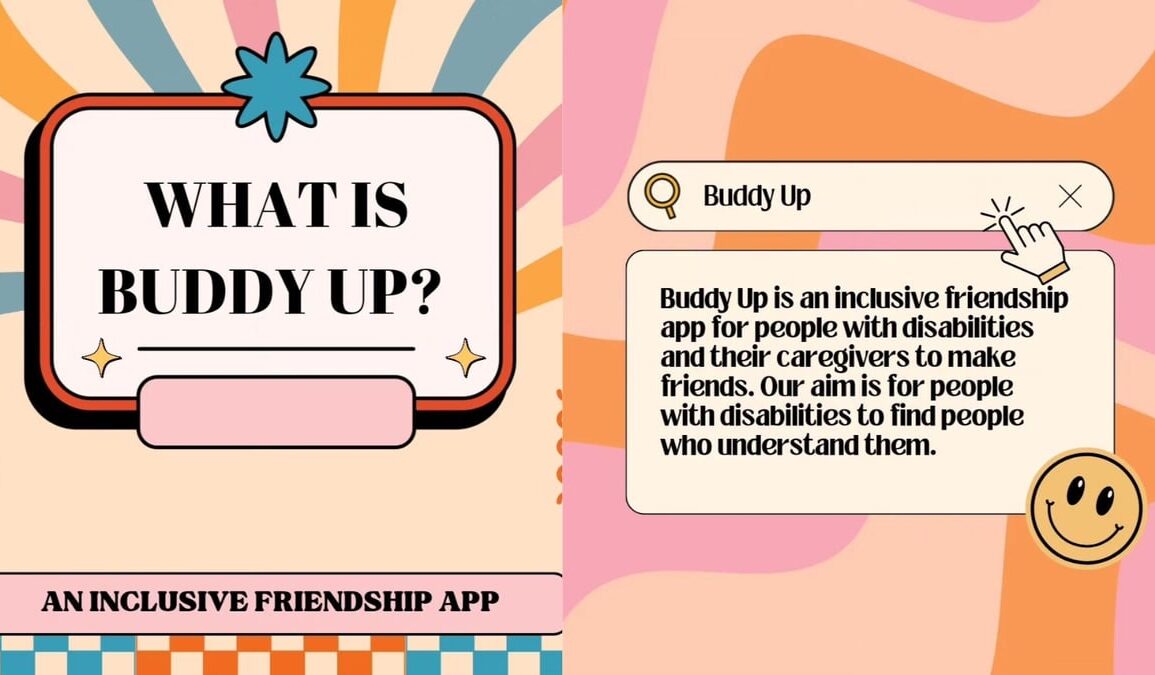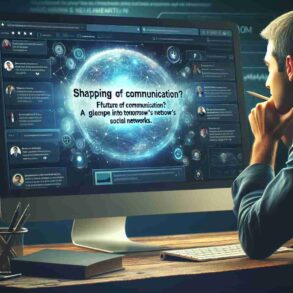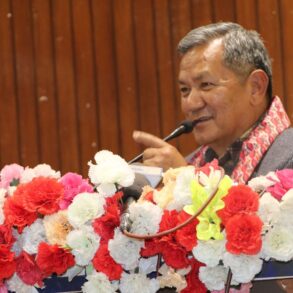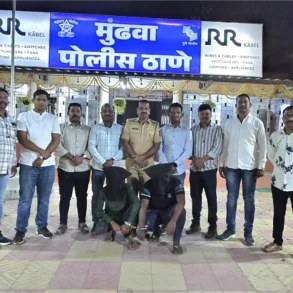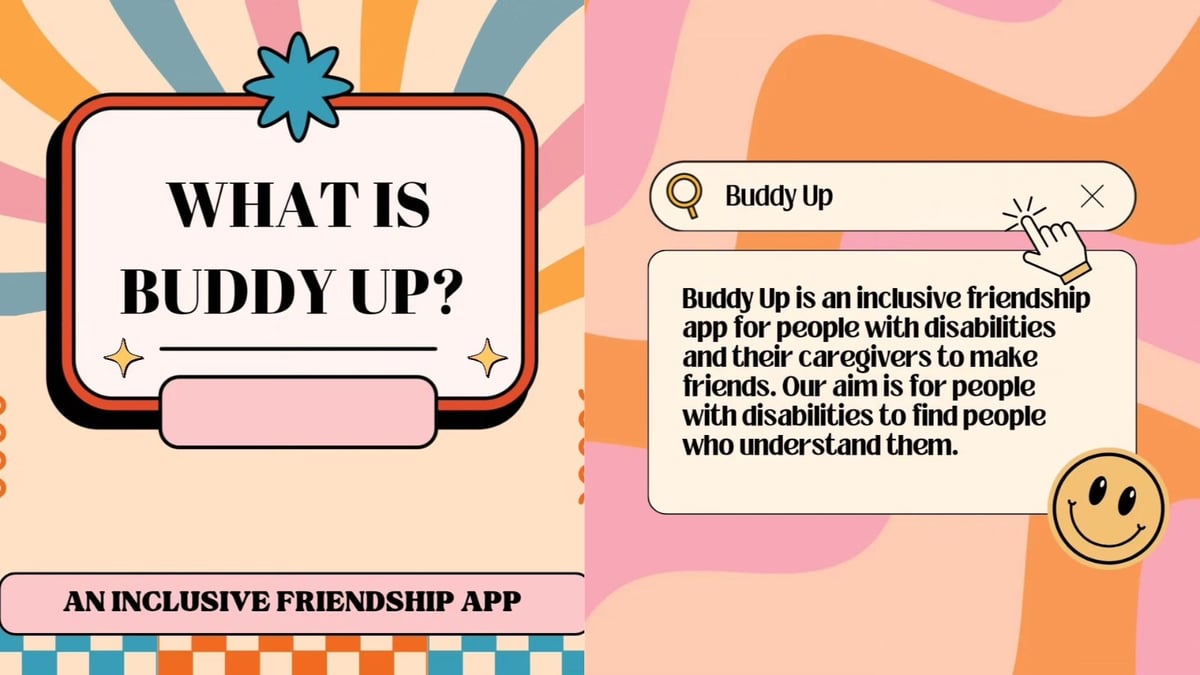
Artist and design researcher Sara Hendren’s book ‘What Can a Body Do? How We Meet the Built World‘ opens with a thought experiment:
A curator has come to the author’s classroom at the college where she teaches a course on technology and disability. The curator, who delivers frequent lectures and presentations for historians and gallery-goers, has asked for a lectern, and this has presented the author with a conundrum. Lecterns, the author writes, play “a sturdy supporting role in so many formalised rituals…”. They are full of implications about who speaks and who doesn’t — they are manifestations of the assumption that the most important voices belong to people of literal “standing”. In other words, people who have an average-sized body relative to most lecterns.
The curator, in Hendren’s book, does not. They have dwarfism and fall outside the socially accepted ‘canopy of normalcy’ therefore meeting the author’s criteria for disability: a mismatch exists between them and their environment. Disability is not so much a physical or medical phenomenon, Hendren argues in her book, but a social one.
“Ability and disability may be in part about the physical state of the body,” Hendren writes, “but they are also produced by the relative flexibility or rigidity of the built world”. In other words: the world is designed poorly, and its poor design is what disables people like the curator — a capable professional and an expert in their chosen field — who simply happens to be shorter than the average human being, and therefore most available lecterns. They are not a person with disability, but they are disabled by a world that was not designed for them.



